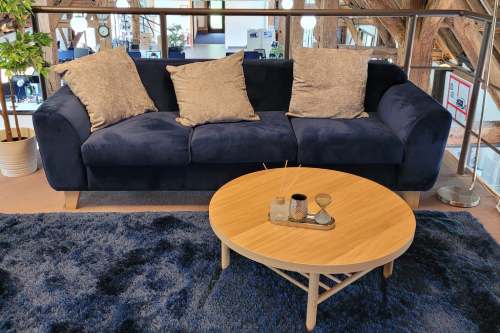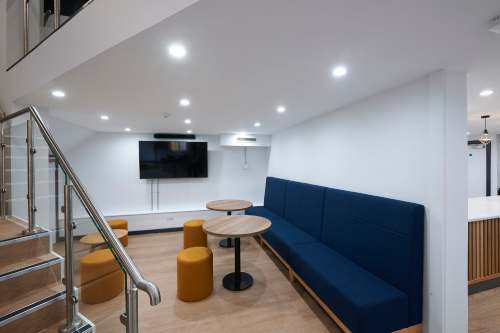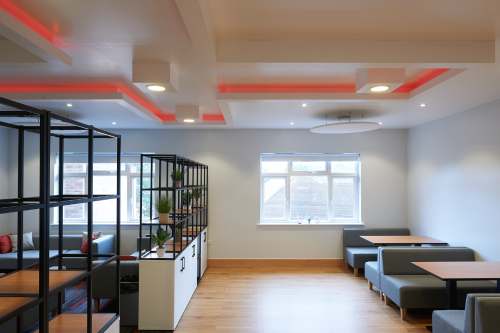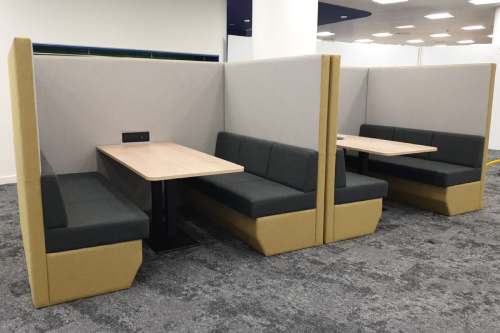How Are Current Trends Impacting Workspace Design?
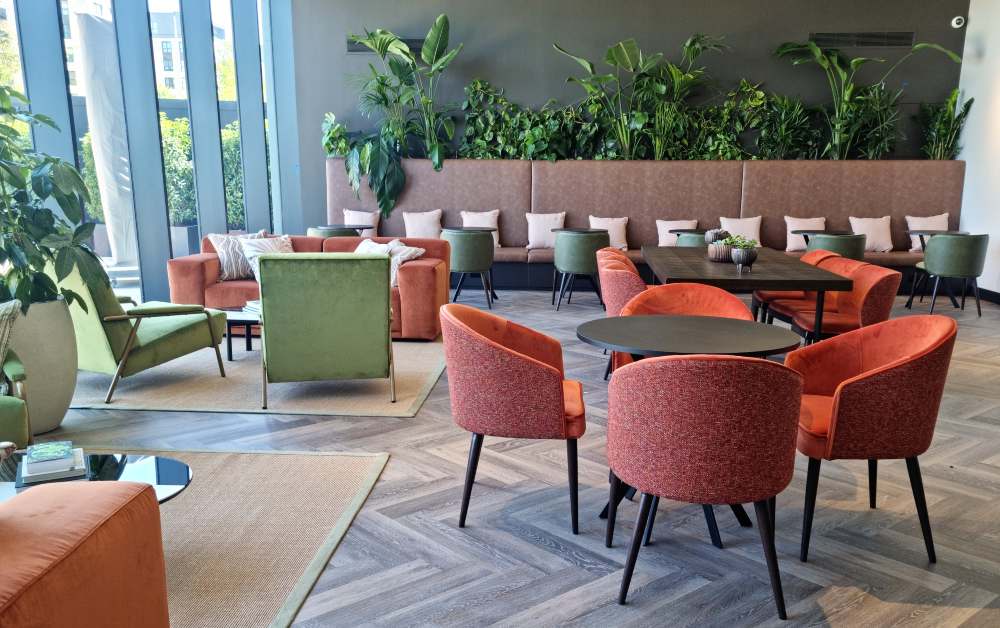
Workspaces are evolving. Having recently attended the Workspace Design Show 2023 in London, what stood out is that the key to the ‘office of the future’ is collaboration and connecting employees together in a purposeful way. Post-Covid workspaces are changing, adapting, and must create environments that nurture creativity and innovation, as well as being agile and inclusive. Working behaviours and patterns have advanced with modern flexible working models and improved neurodiversity awareness. These positive advancements in the way we view our people and the spaces that best support them as teams and individuals to thrive, are shaping the trends emerging from workspace design.
Designing with Flexibility in Mind
Since the pandemic the mindset towards home working has shifted, and it is now recognized as an important model to offer employees flexibility to build a healthy work-life balance, as well as offering key benefits to employers – such as access to a larger talent pool of candidates with the right skills to fulfill roles, and reduction in operational costs from reducing the amount of time a physical site is occupied – which in turn reduces their carbon footprint. According to the Office for National Statistics, almost half of UK employees now have a hybrid working arrangement, with a recent study suggesting the more efficient use of time plus the control over working hours and location that hybrid working offers, has resulted in improved wellbeing, productivity, and a reduction in staff turnover.
However, the positive approach to flexible working models presents a challenge to the conventional office set-up. The layout needs to be flexible and offer occupants versatility. In a well-designed workspace employees should be given a choice to select an area that best suits their needs and supports them to perform efficiently. This can include open-plan areas for collaboration, socialisation and sharing ideas, as well as quieter and more private spaces for focusing on tasks requiring concentration or privacy for meetings. Bringing colleagues together, whether working onsite or remotely is key, and so ensuring you have collaborative spaces, appropriate seating and technology to foster connection and communication, are essential for flexible and inclusive workspaces.
Transitioning ‘The Office’ into a Collaboration Hub
The most striking trend in workspace design is the move away from a corporate office set-up to a more home-from-home look and feel. This transition identified the need to tempt employees back into the office after a lengthy period of remote working following Covid-19 restrictions but has remained a popular way of improving staff well-being and productivity. Recognising that as humans, we are all impacted by different elements of our surroundings, and this in turn affects how we feel, our mood and how we interact with others. Taking inspiration from aspects of our home environments and replicating them at work can help employees feel relaxed and comfortable in their workspace.
Furniture has a big impact on our workspace interior, and careful consideration of the style and configuration will help to create a softer, cosier, and more welcoming environment. Lounge chairs and comfy sofas offer informal and relaxed places to sit. The use of ‘resi-mercial’ or ‘homely’ fabrics for soft seating invite employees into the space and creates a calm atmosphere for collaboration and innovation. Break-out spaces with a range of booths, multi-purpose seating, benching, dining, and coffee table options provide areas for staff to socialise, eat together, and take that essential break. Staff need to feel comfortable at work – consider their needs when selecting task seating and desking. Instead of a ‘one size fits all’ approach, consider if an employee might benefit from a seat with lumbar support or a sit-stand desk.
Some more forward-thinking organisations have even gone the extra mile by installing games rooms, fitness centres and bring your pet to work policies!
What is clear is the importance employers are now placing on employee well-being to create a good work culture. The office can no longer operate as a sterile environment, it must be well designed as a collaboration hub to inspire employees to work together and achieve together.
Air, Light and Biophilic Design
A holistic approach to workplace design is important to ensure all key elements of the interior environment are considered to maximise productivity. The air we breathe is often overlooked but is actually incredibly important. The World Health Organisation has identified air pollution as one of the largest environmental risks to our health, with poor air quality responsible for between 28,000 and 36,000 deaths each year in the UK alone. According to the British Safety Council we are at a much higher risk to air pollutants indoors than when we are outside. For this reason, air quality and good ventilation are key considerations for workspaces. Ensure a supply of fresh air flow circulates throughout the building by keeping air vents open and unobstructed, frequently replace air filters, install dehumidifiers or air conditioners, keep workspaces clean and tidy, and open windows to continuously let fresh air in.
Incorporating elements of biophilic design can also support efforts to purify the air. Not only do plants absorb toxins such as carbon dioxide, but they also produce the oxygen we need. Adding natural plants and other features into the interior design has been proven to reduce stress and anxiety, helping employees to feel connected with nature and improve their concentration. Studies also suggest that natural light has a significant impact on improving productivity and creativity.
Sustainable Design
Sustainability is no longer just a consideration in workspace design, it is a necessity. We all have a responsibility to support the Government’s net zero by 2050 strategy. Responsible and sustainable sourcing when it comes to materials and furniture, fixtures and equipment is essential (FF&E). Work with supply chain partners who are committed to reducing their carbon footprint, who promote circular-economy and manufacture with environmentally friendly and ethically sourced raw materials. This can be FSC® certified timber, recycled steel, recycled fabric, etc.
Creating a Community
Workspace design is integral to staff well-being, retention, and productivity. But it is also an important way to promote brand identity and encourage a space where employees feel they belong, they are part of a team, they are valued, and they are part of a unique community. Having an inclusive space where everyone can come together to share ideas and feel proud of the company is key for creating a community culture and driving forward a successful business.
Workspace Projects with Rhubarb Seating
At Rhubarb Seating we are passionate about supporting our clients with their workspace projects. Based in Oxfordshire, we have our own in-house team of seating experts, from sewers, upholsterers, and manufacturers to product designers and space planners. We have the expertise to advise on a broad range of different seating options and fabrics suitable for creating inspiring workplaces. Our modular soft seating ranges help to create collaborative configurations, whilst our booths and pods provide quiet zones for meetings and private calls. Our portfolio of sofas, stools and lounge seating is ideal for creating a comfortable and homely look and feel, whilst our range of task and multipurpose seating is great for break-out spaces. Flexibility is our USP, with the ability to create a bespoke design from just a sketch or an architect’s drawing, a singular chair or seating for a full interior fit-out. Regardless of the size or complexity of your project, we can support you when it comes to seating. We are committed to sustainability initiatives to support our journey to net zero and pride ourselves on the quality of our craftsmanship.
If you are looking for seating made Great in Britain, please give us a call.
